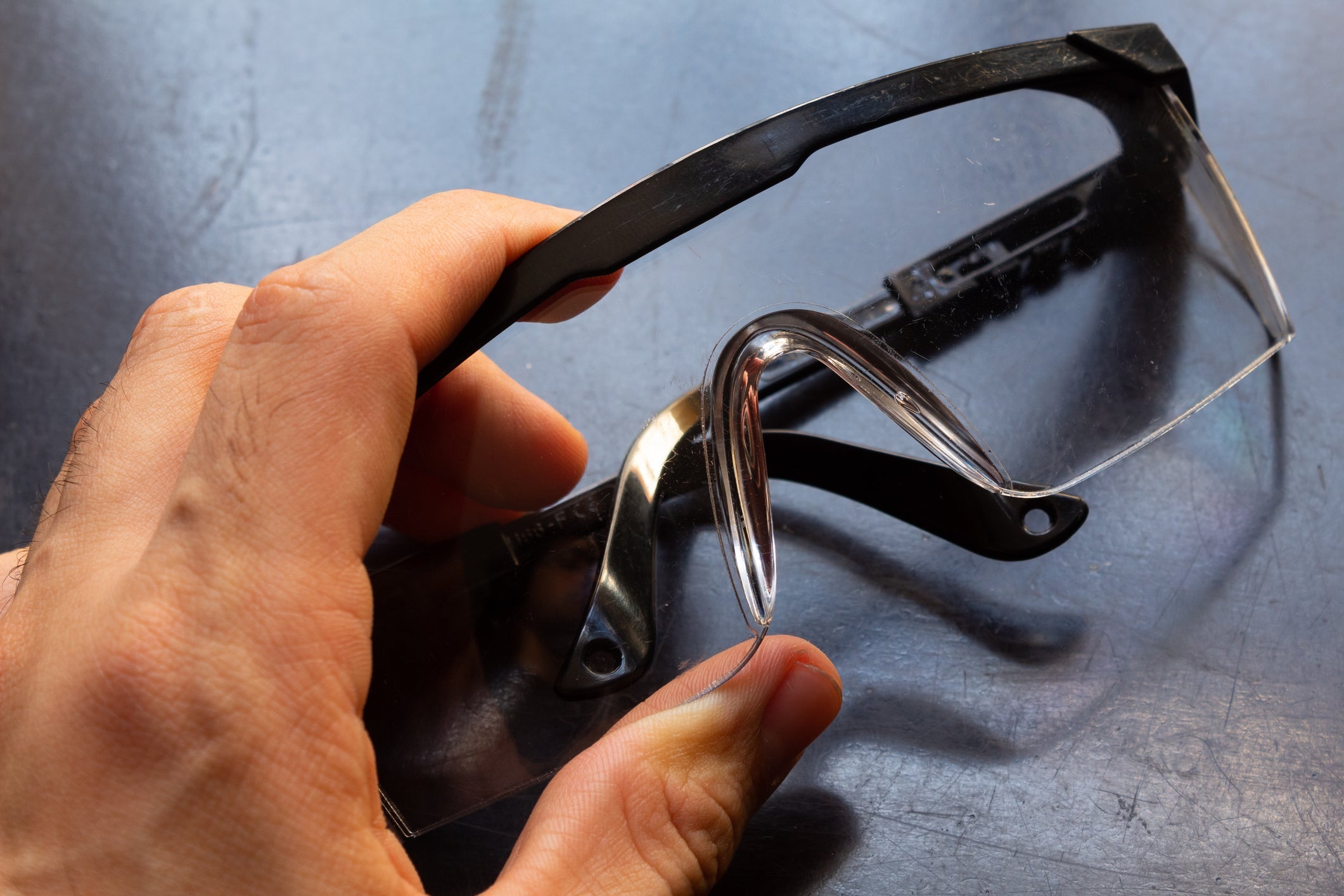Introduction: Not All Glasses Are Created Equal
When it comes to safety on the job, vision protection is critical. But not all eyewear is up to the task. If you’ve seen labels like "ANSI Z87.1 certified" on glasses and wondered what they mean, you’re not alone. This guide will break it down in simple terms—what ANSI Z87.1 is, why it matters, and how to choose the right protective glasses for your work environment.
Whether you're an employer responsible for PPE compliance or a worker navigating daily risks on the jobsite, understanding ANSI Z87.1 standards can help you avoid costly mistakes and protect one of your most vital senses—your vision. We'll also explore how these standards affect purchasing decisions, insurance coverage, and long-term safety strategies in the workplace. From construction sites to chemical labs, this guide explains how certified eyewear can reduce injuries, boost productivity, and ensure you're fully compliant with OSHA regulations.
What Is ANSI Z87.1 Certification?
ANSI Z87.1 is a safety standard developed by the American National Standards Institute (ANSI) and the American Society of Safety Professionals (ASSP). It outlines the minimum requirements for eyewear used in occupational and educational settings where eye hazards exist.
This certification is commonly seen on safety glasses, goggles, and face shields, indicating that the eyewear has passed rigorous testing for protection against:
- Impact (both high-mass and high-velocity)
- Chemical splashes
- Dust and debris
- Radiation (UV, IR, and visible light)
What Types of Protection Are Covered?
ANSI Z87.1 breaks protective eyewear into different markings, each representing a specific type of protection:
- Z87 – Basic impact protection
- Z87+ – High-velocity impact protection
- D3 – Protection against liquid splashes
- D4 – Protection against dust
- D5 – Protection against fine dust
- U – UV protection with a shade number
- L – Visible light filtering (for laser work)
- R – Infrared light protection
- W – Welding filter lens
Why ANSI Z87.1 Matters for Workplace Safety
Eye injuries are among the most common workplace accidents, with thousands occurring each year due to flying particles, chemical exposure, or harmful radiation. ANSI Z87.1 ensures that the eyewear can withstand these hazards and protect the user in real-world conditions.
For example, Z87+ glasses must withstand a high-speed steel ball hitting the lens without shattering—an essential feature for construction workers, mechanics, and industrial personnel.
Industries That Require ANSI Z87.1 Eyewear
The standard is critical in various sectors, including:
- Construction
- Manufacturing
- Welding
- Laboratories
- Oil and gas
- Electrical and utility work
OSHA often references ANSI Z87.1 in its regulations, meaning that non-compliance could lead to citations or fines. For employers, ensuring workers have certified eyewear is part of staying OSHA-compliant.
How to Tell If Glasses Are ANSI Z87.1 Certified
Look for permanent markings on the lens or frame. For example:
- Z87+ stamped on the lens = high-velocity impact protection
- Z87 on the frame = basic protection
- D3 = splash protection
Always confirm markings are from a reputable manufacturer. Counterfeit or uncertified safety glasses may use misleading labels.
ANSI Z87.1 vs. EN166 (European Standard)
While ANSI Z87.1 is used in the U.S., the equivalent in Europe is EN166. Both standards cover similar areas—impact resistance, optical clarity, etc.—but their testing methods differ. If you're purchasing safety eyewear internationally, check for the correct standard based on your region.
Are All Safety Glasses ANSI Certified?
No. Many inexpensive or fashion-focused glasses may look protective but don't meet ANSI standards. These should never be used as a substitute for real safety eyewear in hazardous environments.
Instead, choose from certified options at eSafetySupplies.com to ensure compliance and protection.
Do Polarized Glasses Come with ANSI Z87.1 Rating?
Yes! Many polarized safety glasses are ANSI Z87.1 certified, offering both glare reduction and high-impact protection. This combination is perfect for outdoor workers who need protection from both flying debris and sun glare.
Conclusion: Don’t Compromise on Eye Safety
If your work involves any kind of eye hazard—be it dust, sparks, chemicals, or bright light—investing in ANSI Z87.1 certified safety glasses is not optional. It’s a critical part of protecting your health and staying compliant with workplace safety standards.
Explore a wide range of certified, durable, and comfortable options at eSafetySupplies.com.
FAQs
1. Can I use non-ANSI glasses at work?
No, OSHA typically requires ANSI Z87.1 certified eyewear in hazardous environments.
2. What does Z87+ mean?
It means the glasses have passed high-velocity impact tests and offer superior protection.
3. How often should I replace safety glasses?
Immediately if damaged. Otherwise, inspect regularly and replace as lenses wear or become scratched.
4. Are prescription glasses ANSI-rated?
Yes, many safety-rated prescription glasses are available. Look for ANSI Z87.1 markings on the frame and lens.
5. Can I get polarized ANSI safety glasses?
Yes, and they’re especially useful for outdoor or high-glare job environments.

